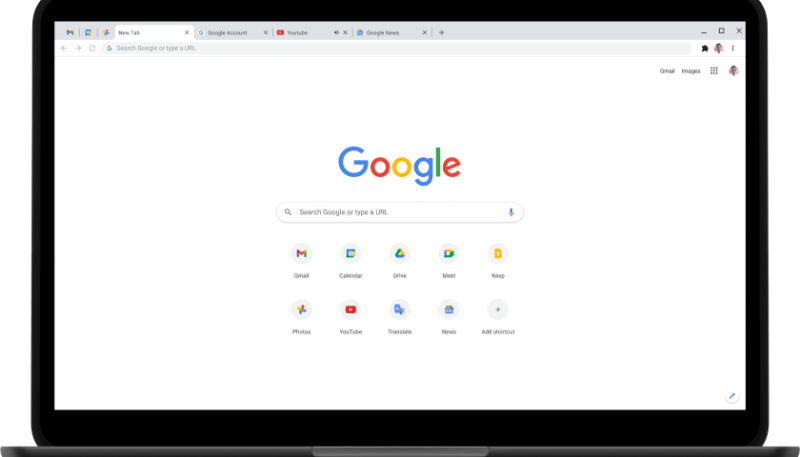Google this week released the beta of Chrome 94, which will be the next update to Google’s desktop web browser. Alongside the usual “improvements and bug fixes,” comes support for the new WebGPU API, which comes to replace WebGL and provides access to Apple’s Metal API.
As described by Google, WebGPU is a new, advanced graphics API for the web that provides access to GPU hardware, and is intended to result in better performance for rendering interfaces in websites and web apps.
The WebGPU API is the successor to the WebGL and WebGL2 graphics APIs for the Web. It provides modern features such as “GPU compute” as well as lower overhead access to GPU hardware and better, more predictable performance. This is an improvement over the existing WebGL interfaces, which were designed for drawing images but could only be repurposed for other kinds of computations with great effort.
WebGPU exposes modern computer graphics capabilities, specifically Direct3D 12, Metal, and Vulkan, for performing rendering and computation operations on a graphics processing unit (GPU). Advantages of WebGPU over earlier technologies include:
- Separating resource management, work preparation, and submission to the GPU.
- Pipeline states that function similarly to OS APIs.
- Binding groups that allow graphics drivers to perform needed preparations in advance of rendering.
Apple introduced its Metal API in 2014. The API provides low-level access to GPU hardware for iOS, macOS, and tvOS apps.
It will likely take a while before developers adopt the new WebGPU API into their web projects as it’s still considered an experimental feature. Google says WebGPU is not expected to be enabled by default until early 2022.


